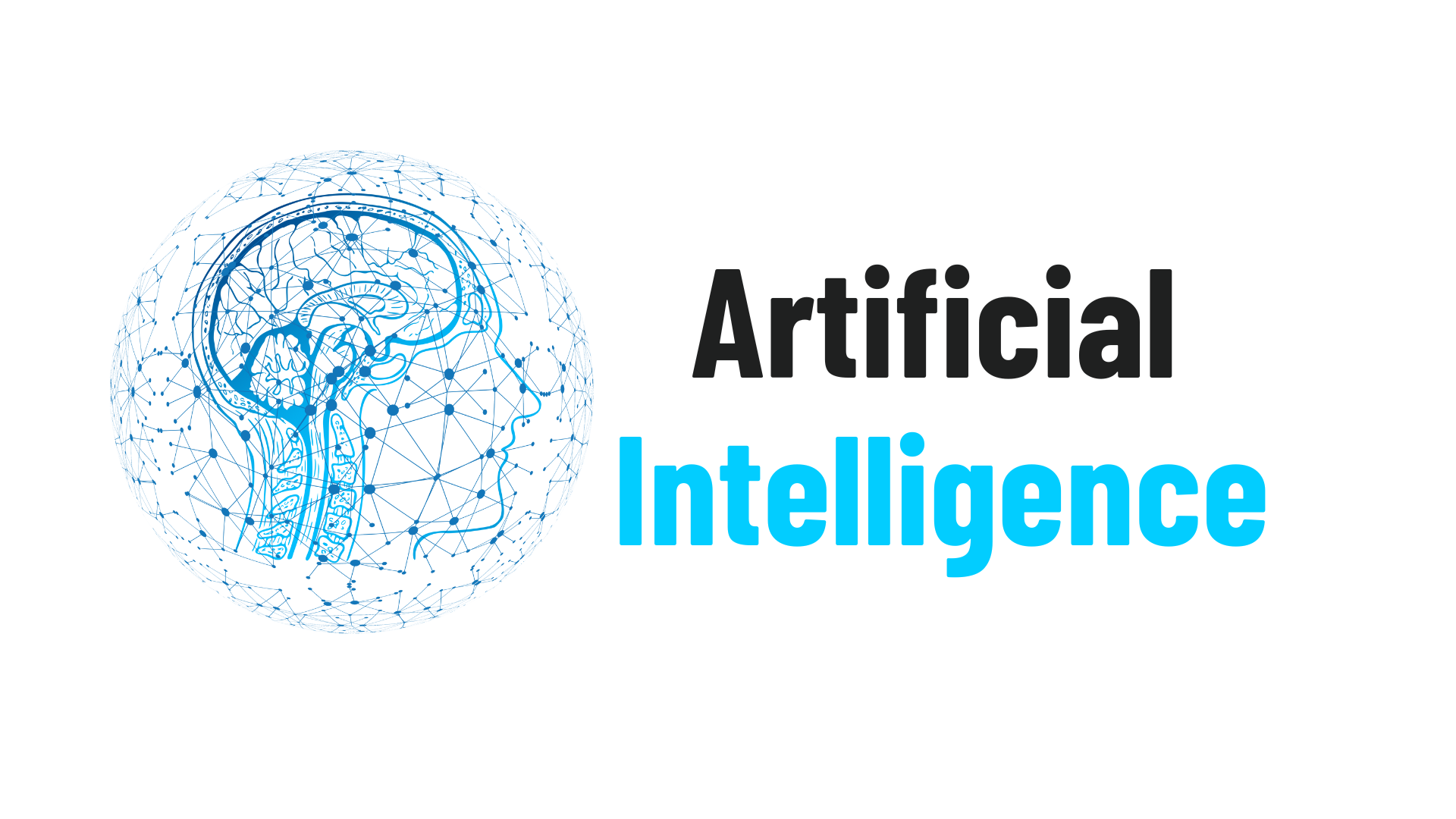What You Should Know Before Implementing a Conversational AI Solution

Strong 8k brings an ultra-HD IPTV experience to your living room and your pocket.
Digital enterprises worldwide use Conversational AI to automate their customer support while boosting team productivity and decreasing operational expenses in their always-on digital environment. The technology delivers significant benefits, although its successful deployment does not function through simple installation. Implementation needs careful planning and proper architectural alignment paired with structured long-term governance. Opting AI consulting services helps multiple business types in diverse sectors and has observed widespread implementation issues, starting from flawed use-case choices, complex system designs, and inadequate data connection. To prevent typical mistakes during your conversational AI investment, your organization must evaluate these essential concepts to achieve optimal ROI.
1. Use-Case Clarity: Avoid Over Engineering from the Start
Companies frequently make widespread errors when they attempt to automate all processes. The implementation of Conversational AI requires certain limitations when it comes to query and workflow selection. When agencies commence Conversational AI implementation, they should focus their efforts on simple, widespread tasks with low complexity including:
- Account balance inquiries
- Order tracking
- Appointment scheduling
- Password resets
Such cases usually belong to the Level 1 (L1) category, which involves repeated structured processes. Early attempts to automate complex emotional conversations or context-specific dialogues create unnecessary complexity, decreasing customer satisfaction.
2. Conversational Design is Not Just UX
The development process of a chatbot extends beyond building user-friendly interfaces and programmed salutations. To create a chatbot, one needs a comprehensive understanding of natural language patterns, context-handling capabilities, and user intent. A proper conversation design enables the AI to perform the following operations:
The system requires multiple variations of user expression when dealing with the forgotten password problem between statements like “I forgot my password” and “Help me log in.”
- Interruptions and digressions
- Clarification loops without user frustration
The system needs to perform a smooth failover to human operators when it reaches its limitations. The essential nature of building backup procedures emerges at this point. Before development starts designers apply Botmock as well as Voiceflow and ChatMapper to create visual conversation flow designs.
3. NLP Model Selection and Training
Natural Language Processing (NLP) sits at the heart of any Conversational AI solution. But choosing the right model—be it proprietary platforms like Google Dialogflow, Microsoft LUIS, or open-source frameworks like Rasa—depends on:
- Language support and dialect variation
- Industry-specific vocabulary
- Intent classification accuracy
- Ease of integration with your existing tech stack
Custom training data must be continuously added to improve the model’s understanding. In a regulated industry, ensure your models are explainable and auditable.
Also Read: The Impact of Generative AI on the BFSI Sector
4. System Integration Is Where Most Projects Stall
A Conversational AI system that can’t execute backend tasks like retrieving customer data or placing an order will fall short of expectations. Use middleware or APIs to facilitate smooth communication between your chatbot and internal systems. Consider building a microservices layer for complex integrations that abstracts backend logic from the bot.
Integration with CRMs (Salesforce, HubSpot), ERPs (SAP, Oracle), and ticketing platforms (Zendesk, ServiceNow) is critical to delivering real-time, personalized responses.
5. Security, Compliance, and Data Privacy
AI-powered assistants often handle sensitive customer and employee data. Without proper safeguards, you risk non-compliance and data breaches. Your Conversational AI solution must comply with:
- GDPR or CCPA for user consent and data transparency
- HIPAA for healthcare interactions
- SOC 2 Type II, if hosted on cloud infrastructure
Implement encryption (in transit and at rest), role-based access control (RBAC), and session timeout protocols. For additional protection, consider anonymizing user data in logs.
Final Thoughts
Implementing Conversational AI is more than simply a technological update; it is a strategic shift in how you interact with consumers and workers. While the benefits are significant, there are risks if adoption is rushed or misplaced.
Every phase, from use-case validation and system integration to compliance and continuous governance, necessitates concentrated attention and subject expertise. Working with an experienced AI consulting company helps ensure that your investment yields scalable automation, consistent customer experiences, and measurable business outcomes—all without jeopardizing security or agility.
Note: IndiBlogHub features both user-submitted and editorial content. We do not verify third-party contributions. Read our Disclaimer and Privacy Policyfor details.


